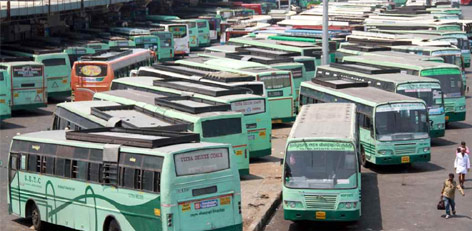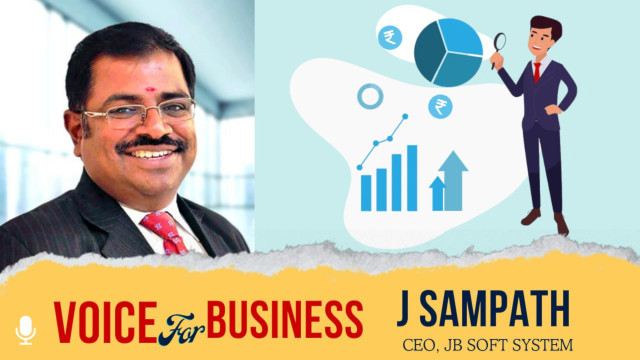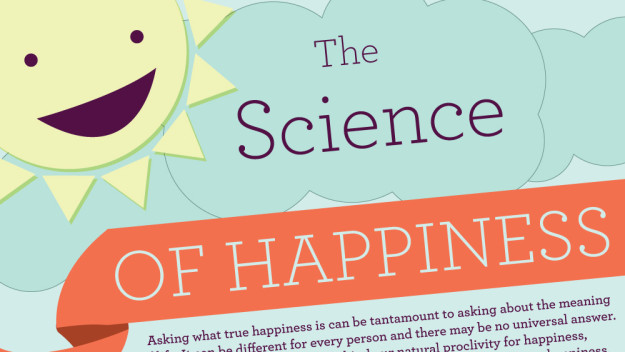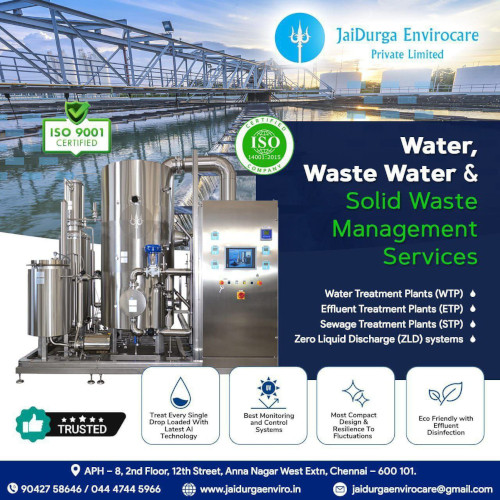No. of views : (4329)
Nova IVI Fertility uses IVF technology to save a 5-year old Thalassemia major by producing India’s first saviour sibling
Posted on: 01/Mar/2019 11:00:17 AM
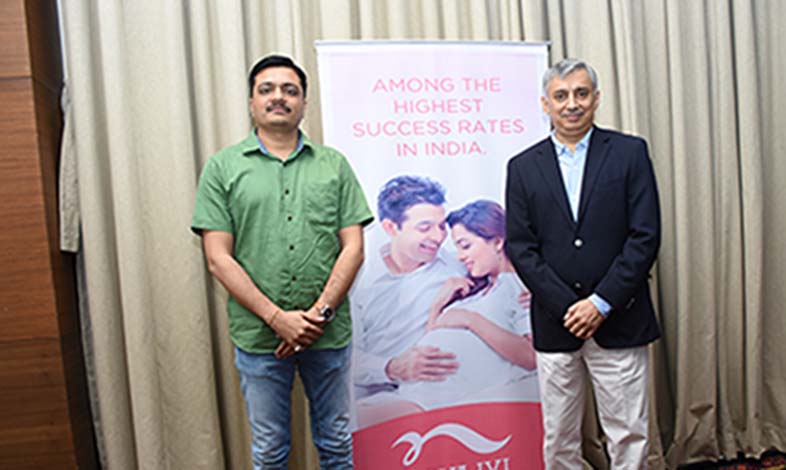
Mr. Sahdev Singh Solanki and Mrs Alpa Solanki, both carriers of Thalassemia and parents of a 7-year old daughter 5-year old son. The son was suffering from Thalassemia major requiring monthly blood transfusion with frequent chelation. He was then advised a bone marrow transplantation.
However, given the unavailability of matched HLA donors for the transplant, the couple decided to opt for IVF with HLA matching with Pre-Genetic Diagnosis & Screening test (PGD and PGS). This would allow them to have a pregnancy which would give them a healthy child, whose Human Leukocyte Antigen (HLA) system would match with that of the affected child. Bone marrow transplantation from an HLA-identical donor is the best therapeutic option for thalassemia major patients.
The couple came to Nova IVI Fertility, Ahmedabad where a detailed treatment plan was drawn up post initial counseling. Given the sensitivity of the case, the entire team of medical experts at Nova led by Dr. Manish Banker, Medical Director brainstormed together to come out with the best possible solution. Basis their suggestion, the couple underwent multiple IVF cycles to create a pool of embryos for testing. Out of these cycles, Mrs. Patel had 18 embryos biopsied, of which only one embryo was found to have matching HLA, normal on PGD testing, and was thus transferred. The embryo transfer was successful in its first cycle and resulted in a successful pregnancy, delivering a healthy baby. The baby was found to be 10/10 HLA matched with the sibling and a bone marrow transplant is planned in future for the affected sibling.
Discussing his experience of making this medical miracle come true at a press meet held today, Dr. Manish Banker, Medical Director, Nova IVI Fertility said, “Since Thalassemia is a genetic disorder, there’s no way to prevent it. However, if both the partners are carriers of Thalassemia minor, it can be tested early in pregnancy and the couple can choose abortion, if the foetus is found to have Thalassemia major. Another option is to opt for an IVF cycle with PGD (Pre-Implantation Genetic Diagnosis) testing. In such cases, the parents are tested for their specific genetic defects and a targeted PGD probe is created. After the IVF treatment, embryos are tested for the particular Thalassemia gene defects before these embryos are implanted in the uterus. So, only normal or minor form of disease carrying embryos is implanted for pregnancy. Thalassemia can be detected by simple blood tests like CBC (complete blood count) test and hemoglobin electrophoresis test. If you are pregnant or trying to have a baby, there are tests that can be done before birth to learn if the baby will have the condition. People with Thalassemia minor need to check the status of their partner also before planning a marriage/pregnancy”.
Awareness plays a major role in Thalassemia. Owing to ignorance, patients often do not opt for diagnosis and end up transferring faulty genes to their children. When compared to the awareness of most commonly discussed diseases s like cancer, diabetes, heart diseases, etc, most average Indians seem to be unaware of Thalassemia. India has a huge burden with an estimated 100,000 patients with a β Thalassemia syndrome. According to estimates, about 8,000 - 10,000 children in India are born with Thalassemia every year due to the sheer lack of awareness among couples. Child with Thalassemia is called Thalassemia major and requires blood transfusion at regular intervals.
The carrier rate for Thalassemia gene varies from 1 to 3% in Southern India, and 3% to 15% in Northern India. Thalassemia can be detected by simple blood tests like
CBC (complete blood count) test and hemoglobin electrophoresis test.
Treatment:
The treatment for Thalassemia depends on the type and severity of disease involved. Some of the treatments include:
• Blood transfusions
• Medications and supplements.
In case a child is born with this problem, the only approach to cure this hemoglobin disorders is bone marrow transplantation with suitable donors. This is done with HLA matched donor (within or outside the family. The human leukocyte antigen (HLA) system is a gene complex encoding proteins in humans which are responsible for the regulation of immunity. HLA proteins have importance in disease defence are the major cause of organ transplant rejections.
“Pre-implantation genetic diagnosis (PGD) for human leukocyte antigen (HLA) typing is an established procedure for conceiving a child who may donate cord blood or haematopoietic stem cells for transplantation to save an ill sibling. Haematopoietic stem cell transplantation (HSCT) from related matched donors improves overall survival compared with unrelated or non-matched donors. Since HSCT from related matched-donors is unavailable for 70% of patients, IVF for PGD-HLA is a relevant clinical option”, Dr Banker added.
Bone marrow transplantation from an HLA-matched donor is the best therapeutic option for Thalassemia major patients. The frequent unavailability of HLA-matched donors for affected children within the corresponding families or in stem cell banks has made the combination of in-vitro fertilization (IVF) with Pre-implantation Genetic Diagnosis (PGD) with HLA-typing for the selection of HLA-matched unaffected embryos, a therapeutic approach for these affected children. It has emerged as a novel option for couples to select unaffected embryos of an HLA tissue type identical to that of an existing affected child for stem cell transplantation; which is not possible in natural pregnancies. It also avoids the possibility of aborting or giving birth to a child affected with the disease. However, the probability of finding an allele match for an Indian patient in the multinational Human Leukocyte Antigen (HLA) registries is 16 % and a dismal 0.008 % in the Indian registries (donors in Indian registries is just 33,678 as compared to 22.5 million in BMDW).
There has been a growing interest in HLA- typing of embryos as it allows parents to conceive a child that is capable of providing histo-compatible stem cells in order to save the life of a sibling with a disease.


